In Delhi, children felt isolated, bored and disconnected from their Holt-supported community during their city-wide lockdown. But then, they started a vlog to connect with each other — and it’s been more meaningful than they ever expected.
“Hello Friends! I’m Deepa,” says a young girl, giving a slight wave to the camera. Deepa wears her black hair in two low French braids fastened with purple scrunchies, and has a thin black choker necklace around her neck.
A friendly greeting and introduction like this is how 11-year-old Deepa starts all of her videos on the KARE Kids vlog. In her first video, she shares about herself, her life and her family. In a later video, titled “Arts and Crafts with Deepa,” she shows how to make a pop-up greeting card. In the one before that she shares yoga tips, and in another she tells everyone which superpower she would choose to have and why.
Deepa is one of 28 children who contribute to the KARE Kids Vlog Channel. Although, with its classroom-like feel, it’s really more like a community of friends than just a YouTube channel. Each of these children lives in Delhi, India and are part of the Kinship Care and Relational Engagement or “KARE” program through Shishu Sangopan Griha (SSG), Holt’s partner organization in the city.
Through the KARE program, Holt sponsors and donors support 100 children like Deepa — children ages 5 to 15 who are living in an institution, living with extended family, or living with just one parent in some of the most impoverished slums in the city. The driving force of KARE is to unite and stabilize children with their families — whether it be with their single mother, grandparents or other extended family members.

Once a child in the KARE program is safe and stable in their family, they’re matched with a Holt sponsor who helps meet all their basic needs — education, school supplies, nutrition and the ongoing support of a social worker who personally knows the child and advocates for their success. The KARE program focuses not just on the child, but also on strengthening the child’s family so that they can stay safe and healthy — and stay together.
But in mid-March, everything changed when Delhi went under complete lockdown in an attempt to stop the spread of COVID-19. Suddenly, school ended and children could not leave their homes.
Lockdown in Delhi
At first, children weren’t upset about it!
“Children were overjoyed at getting a break from school and from examinations,” says Jim Dé, the executive director and founder of SSG.
But that didn’t last for very long.
“Since March,” Jim says, “the children have slowly but surely gotten bored and depressed due to the situation — not being able to hang out with friends, get out and get a change from the home environment, or just have the freedom they took so much for granted.”
While quarantine measures have been difficult for children all around the world, they are especially difficult for children living in poverty. Almost impossible feeling. In Delhi, most children in the KARE program live in impoverished slum neighborhoods. Some families — many of them large families of three, five or more children, as well as other extended family members — live in 5-stories-tall cement buildings where they all share a single room. Others live in makeshift homes built of scaffolding, tarps and bricks — also usually just one room, and packed full. Especially in a time of pandemic, these living conditions are cramped and unhygienic. Dangerous, even.
When the lockdown began, SSG began to think of ways to help the children stay occupied, and to help them continue to learn despite school closures. With the support of sponsors and donors, the staff started sending books every week to each of the children they serve. While a great way for children of all ages to continue learning on their own, the staff also wanted to think of something extra for the older children — something that would be engaging, build community and be a different type of learning experience.
The KARE kids vlog was created in response to this need.
A Vlog for Children in Delhi
“The concept of the vlog started when I began to think what would be a good way for kids to express themselves, feel excited in these tough times and share daily fun things with each other,” says Jim.
So he reached out to all of the older kids in the program and asked them to introduce themselves in a short video. These children live in impoverished conditions, but today, even families living in poverty usually have access to a cell phone. Most of the children in the KARE program have a cell phone that is shared by everyone in their family. With this device, they could record and submit their introduction video to SSG, which came in right away!
Children shared their age and grade, about their family members, and even about some of the difficulties they faced like losing one of their parents, or the financial difficulties they experienced as a family.
“Following the death of my father, we were told that we are no longer a part of [his side of the] family and we were very hurt,” shared a girl named Kajal. She wears a happy floral shirt, but her voice is somber as she recounts her family’s hardships. “My mother was very stressed about our future and studies.”
Sitting inside the light pink walls of her home with a ceiling fan whirring overhead, a girl named Adya said, “I want to show to the world that I can study and do something with my life so that they can see that a [child of a single parent] can also achieve something. I want to become a doctor one day, but I know that I have to study really hard to become a doctor.”
As they shared, most children described the most difficult time of their lives — often the time just after losing one of their parents, when they were full of grief, and often hungry and barely getting by. For each of these kids, life got better once their sponsor began supporting them through our partner SSG. But for some of them, this difficulty had returned. COVID-19 and the resulting lockdown has forced so many families to regress back to the intense need and even hunger that they experienced years earlier.
Helping to Meet Kids’ Greatest Needs
As soon as the lockdown began in Delhi, SSG began to receive frantic calls from families in the KARE program. Parents were losing their jobs in factories, on construction sites and in wealthy families’ homes where they worked as maids or cooks. Suddenly, they had zero income. And because these families often use their daily wage to buy food for the next day, they worried that their children would starve.
Immediately, SSG reached out to Holt about this critical need. And because of the generous gifts from Holt sponsors and donors, SSG was able to help these families right away.
They provided emergency cash transfers to 355 families in greatest need, serving a total of 991 children and 821 additional family members — including all of the children and families in the KARE program. With these emergency relief funds, families were empowered to meet their needs — whether the funds went towards that month’s rent, vegetables and lentils, or milk for their young children. The lockdown would still be difficult for these families, but because of this emergency help, they would survive it.
When the lockdown started, Aanya and her family were among the families facing urgent and dire needs. But their family crisis began long before the pandemic.
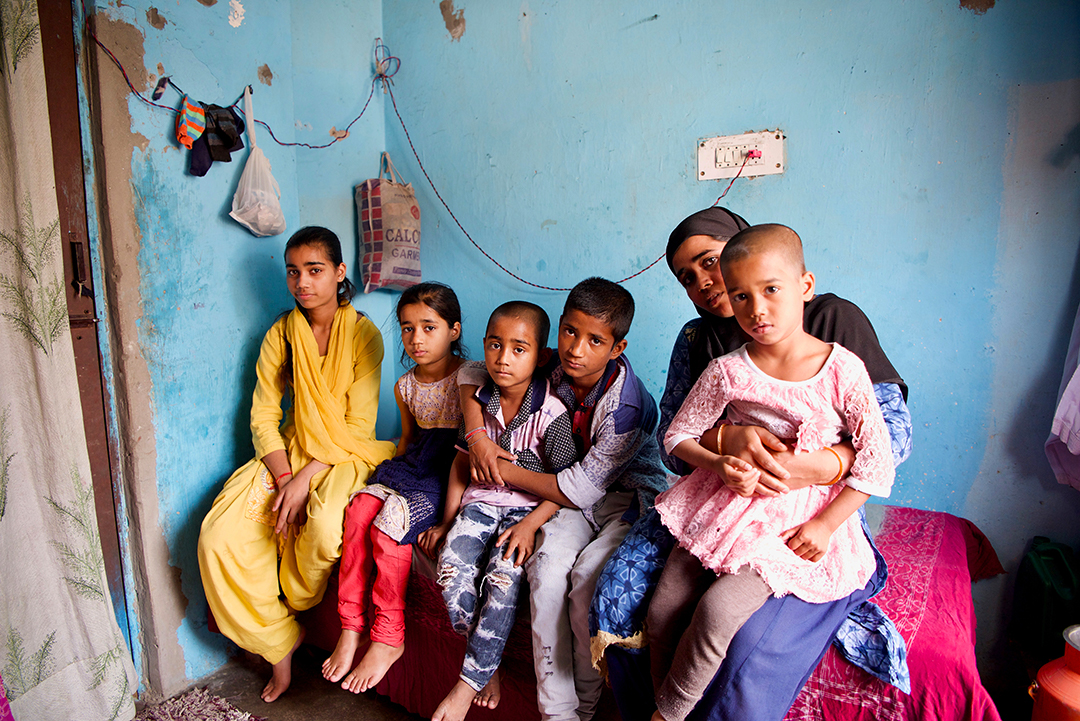
“When I was 11 years old, my father passed away,” 14-year-old Aanya shared. “For many days, we had to survive without food because we had no work or any other things to fulfill our needs … Due to the current COVID lockdown, my mother is unemployed because of which we are facing severe difficulties. But once the work gets resumed, everything will get back to normal. I want to become a lawyer. I just want my dream to be successful.”
Each one of the children’s stories is full of hardship, but also full of hope. As they face greater needs and challenges due to the pandemic, they know they are not alone.
“This was a core starting point,” Jim says of the introductory videos the children recorded. “It helped these kids relate to each other, to know they were not alone in the struggle of life.”
Not Alone
Every day, for the past two months, Jim and the SSG team have posed a topic for the kids to share about. This is where the fun and creativity really started! Children began sharing — and showing — their daily routines, gave exercise and yoga tips, shared their favorite arts and crafts, recited stories and more. They even submitted clips to be edited all together into a singular post! In one video, they all dance the same choreographed dance, and in another they appear to pass a book in and out of the video frame to each other.
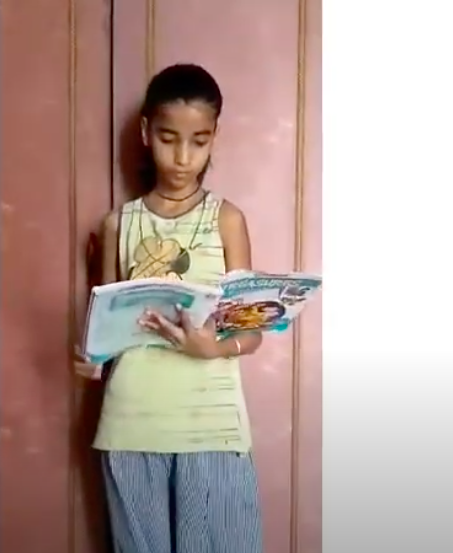
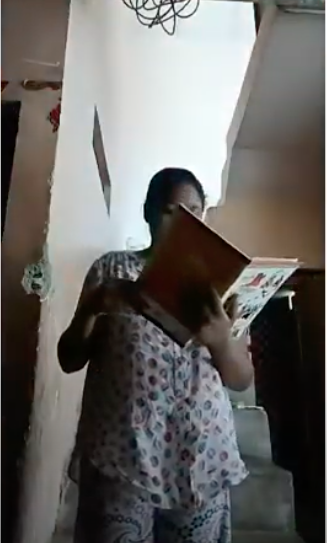
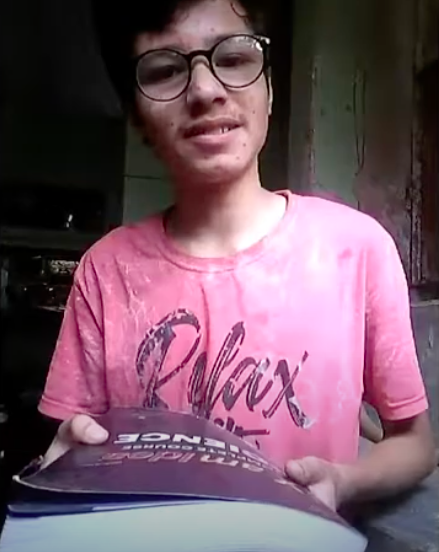
In a time of separation, the vlog has brought connectedness and community to children who were feeling scared and alone. The kids love it so much, they keep sending videos. And more videos and more!
“We have to sometimes ask them to slow down on their videos as we can’t keep up!” Jim says.
Now, two months since they started the vlog, SSG continues to publish videos twice per week. Children submit their recordings to SSG to be edited, then eagerly wait to see themselves online and to see the videos their friends submitted. The videos are restricted so that only the children can see them — to protect their privacy — and all content is screened by SSG staff before it’s posted online.
As children have grown comfortable speaking and having their videos posted for their friends, Jim says they will also begin to include some more serious prompts — topics such as education, the importance of family, future goals and more. As the pandemic continues and schools likely remain closed in Delhi, the vlog will provide a valuable source of education.
In addition to helping the children feel connected to one another and to celebrating their talents and interests, children are gaining public speaking skills and confidence through the vlog. Not only have they grown together as a group during this time, but Jim has seen them grow as individuals.
“Every child is unique in what we are seeing,” Jim says. One child in particular comes to mind for him — a young girl who experienced terrible abuse by her father. She now lives safely with her mother, but is deeply affected by her traumatic past.
“The uniqueness of this vlog is that children like [this girl] are coming out of their shell to become confident to participate, to feel a sense of belonging and self-love,” he explains.
Today, the city-wide lockdown is lifted in Delhi. But it’s still unlikely that children will return to school in the fall. Instead, they will learn online. This is an enormous struggle, though, for children in poverty who have limited or no access to technology and wifi, as well as a struggle for a public school system that lacks the same resources. That’s why it’s so important that Holt sponsors and donors continue to support children in their education, whether or not they return to school in the fall.
Throughout this pandemic, Holt and our staff and partners stand committed to ensuring children in Delhi and in Holt’s programs around the world continue to receive critical services to meet all of their needs. But sponsors and donors are absolutely vital to this effort. They provide the books and supplies kids need to study, the food they need to survive, and the social work support they need to feel safe and connected during this difficult, isolating time. As so many parents in India and other countries have lost jobs due to COVID-19, children are also at greater risk of child marriage and forced labor. But by helping kids go back to school or study at home, sponsors and donors help keep them safe from these dangers.
And as soon as school resumes in India, they will make it possible for the kids in the KARE program to pay their school fees and return.
But until then, the children are so glad they can connect virtually.
“The kids are truly loving this,” Jim says about the vlog. And he loves it too, because it gives these intelligent and important — although normally unheard — children a voice.
“The vlog helps us listen to what the child is saying — his or her views, their confidence, their happy moments, their challenges, and their abilities,” Jim says. “This can go a long way towards improving our services to them, too.”
Megan Herriott | Copywriter
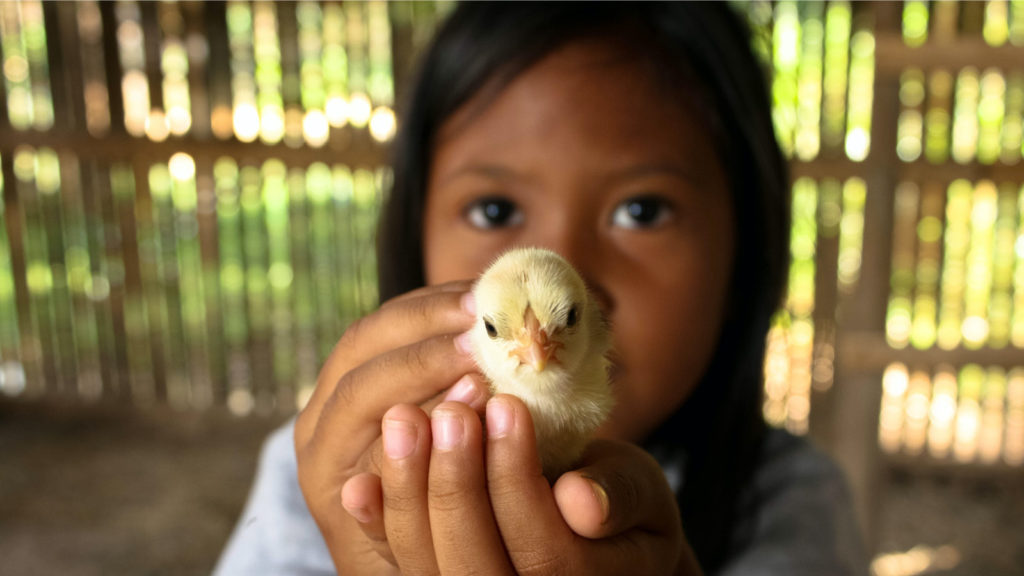
Give a Gift of Hope
Give a lifesaving or life-changing tangible gift to a child or family in need. And this holiday season, give in honor of a loved one and they’ll receive a free card!
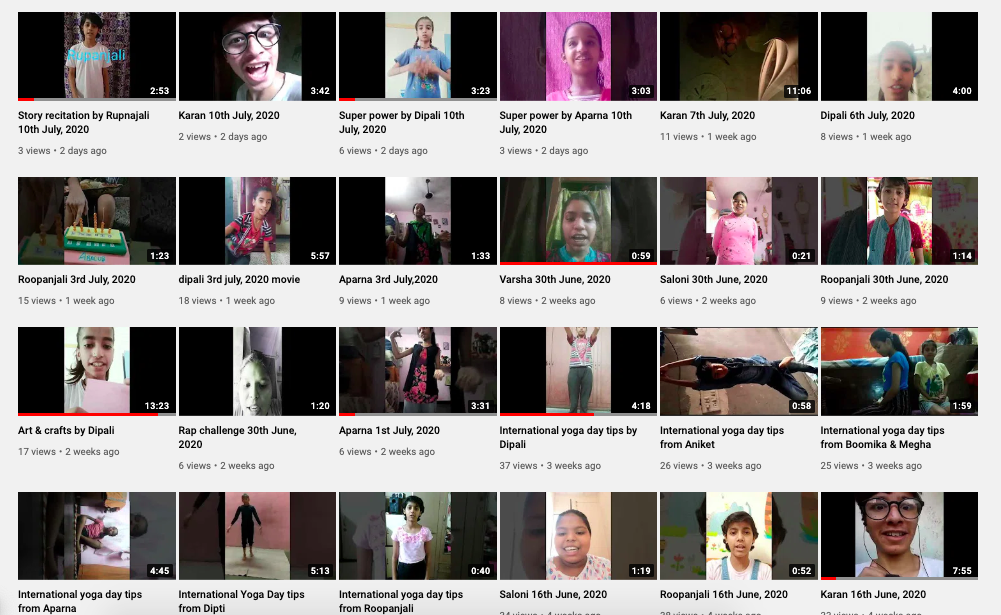
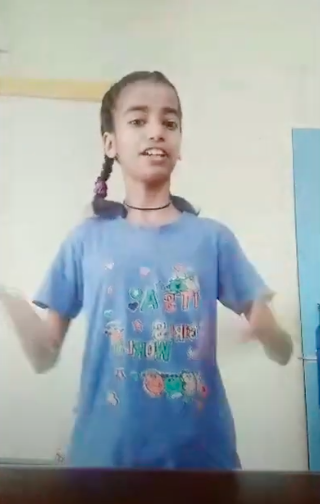
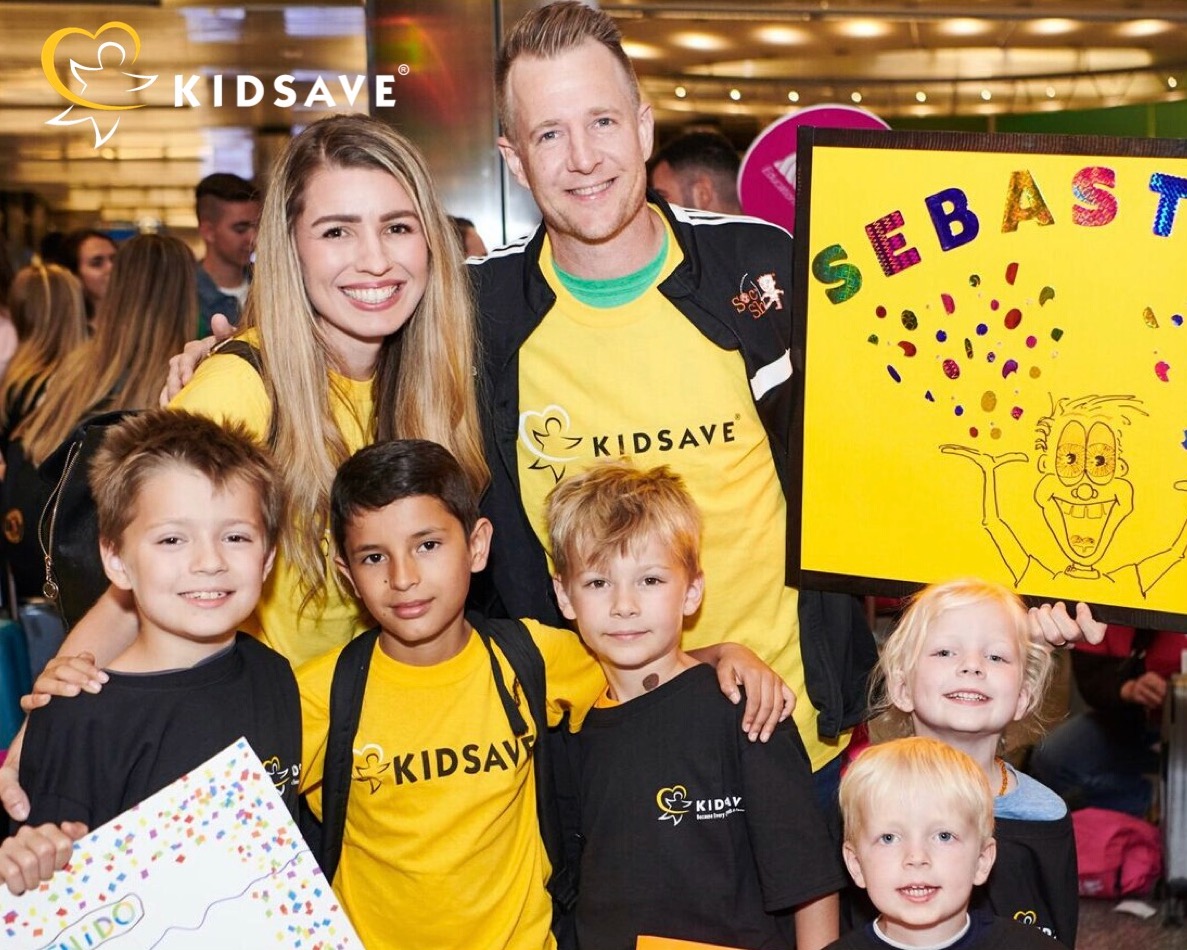
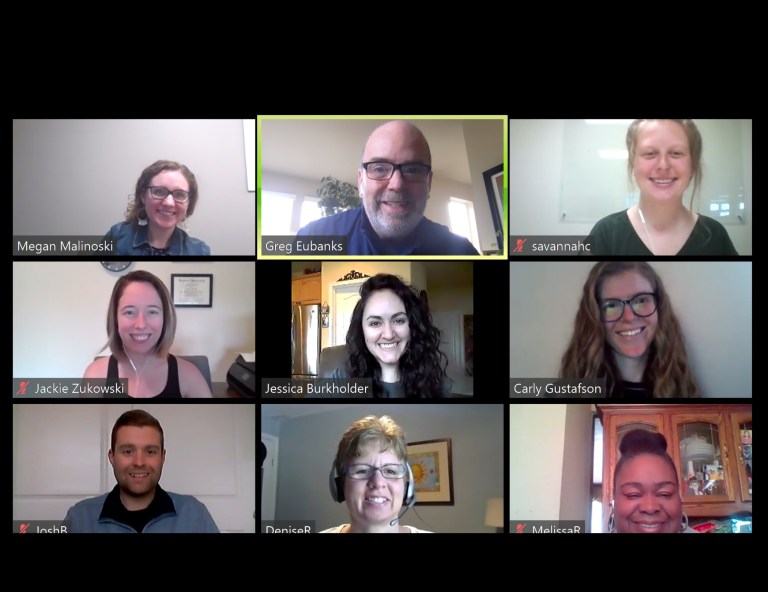
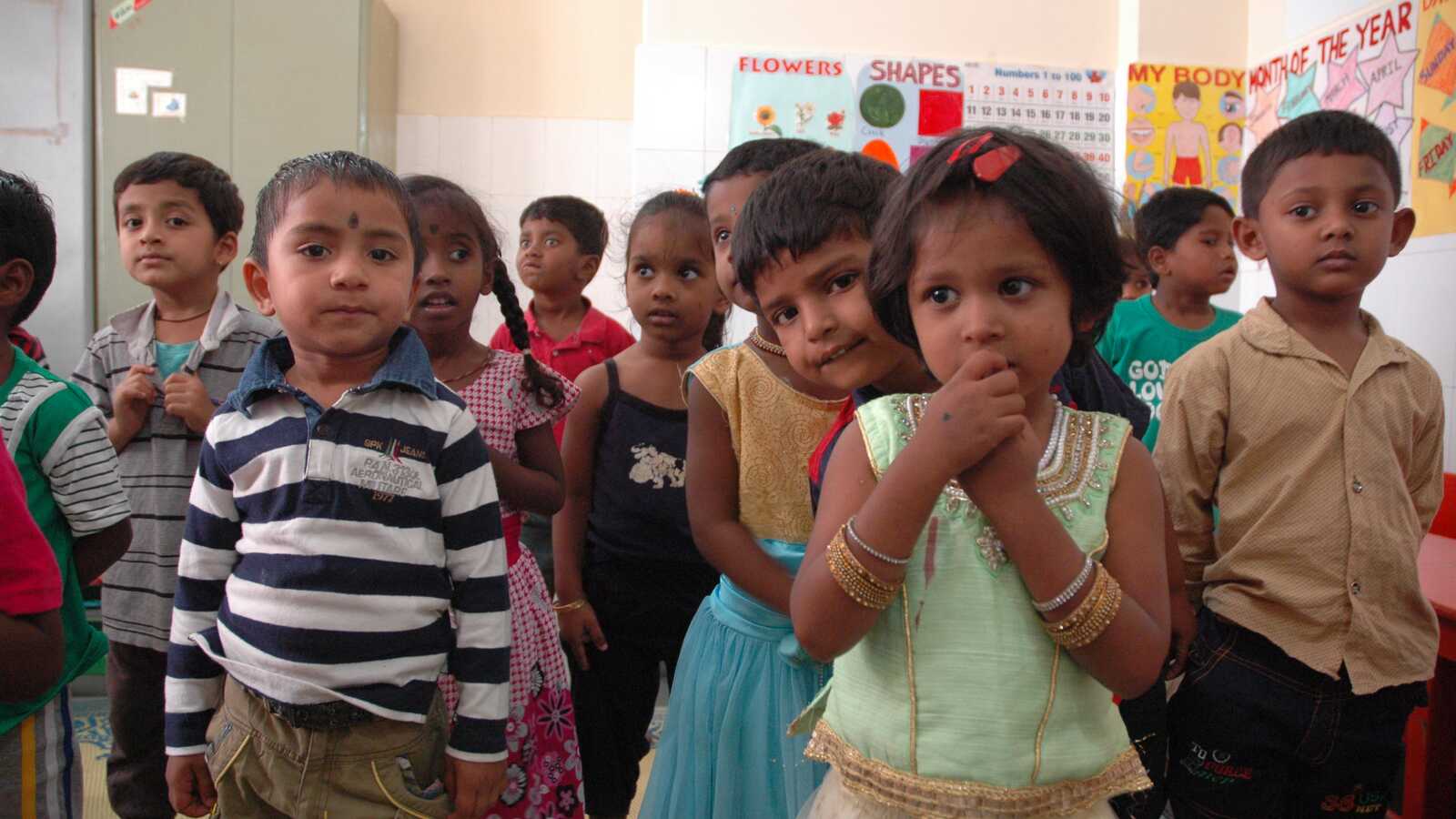
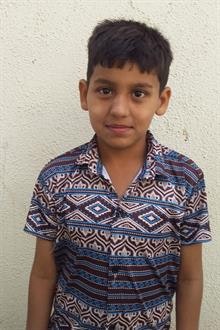
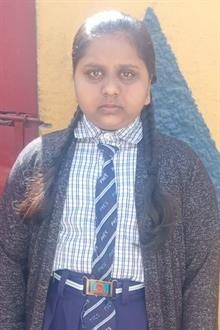
There are no other words to be said here, this is simply amazing and inspiring for kids around the world who are also experiencing the same situation that these kids are in. While it is sad for some that even though everyone is fairly experiencing the depressing effects of this uncertain time but many are experiencing even worse like financial problems and lacking daily basic necessities.